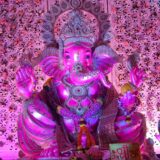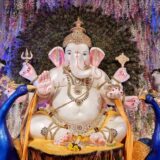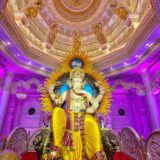Ladakh 2

Today is the last day in Ladakh. We have hall of fame, river rafting, magnetic hill, gurudwara and paintball on the list today. So first is hall of fame.
Hall of fame
The Hall of Fame, located near the Leh Airfiled, is a museum constructed as well as maintained by the Indian Army in the memory of the soldiers who had lost their lives during the Indo-Pak wars. This museum has potraits of martyred soldiers, stories or events during the war, weapons seized from Pakistani army and war related exhibits. It is also termed as a memorial for the war heros. This building consists of two floors. There is information about the brave soldiers and a souvenir shop but on the first floor, there are artifacts of various wars such as the weapons used during the war and some important documents, related to the same. There is another section dedicated to the Siachen glacier. One section is dedicated to Ladakh’s culture, traditions, lucky symbols, places to visit,festivals etc.
The Hall of fame is one place that will make every Indian feel patriotic. Plaques with inspiring quotes gives visitors a feel of what it is to be a part of the brave-hearted that protects the country. One touching quote reads, “If I die in a battle zone, put me in a box and send me home, pin my medals on my chest, tell my Mom I did my best.” A visit to the museum will leave one with a much deeper appreciation and respect for the Army and every soldier who risks his/her life for the safety of other Indians. A documentary about operation Vijay (Kargil War) is also screened everyday here.
Some military vehicles outside Hall of Fame.








Entrance.

A map of Leh as you enter.



Some of the wars. There is information of many wars in the Hall of Fame. I share only some of them.
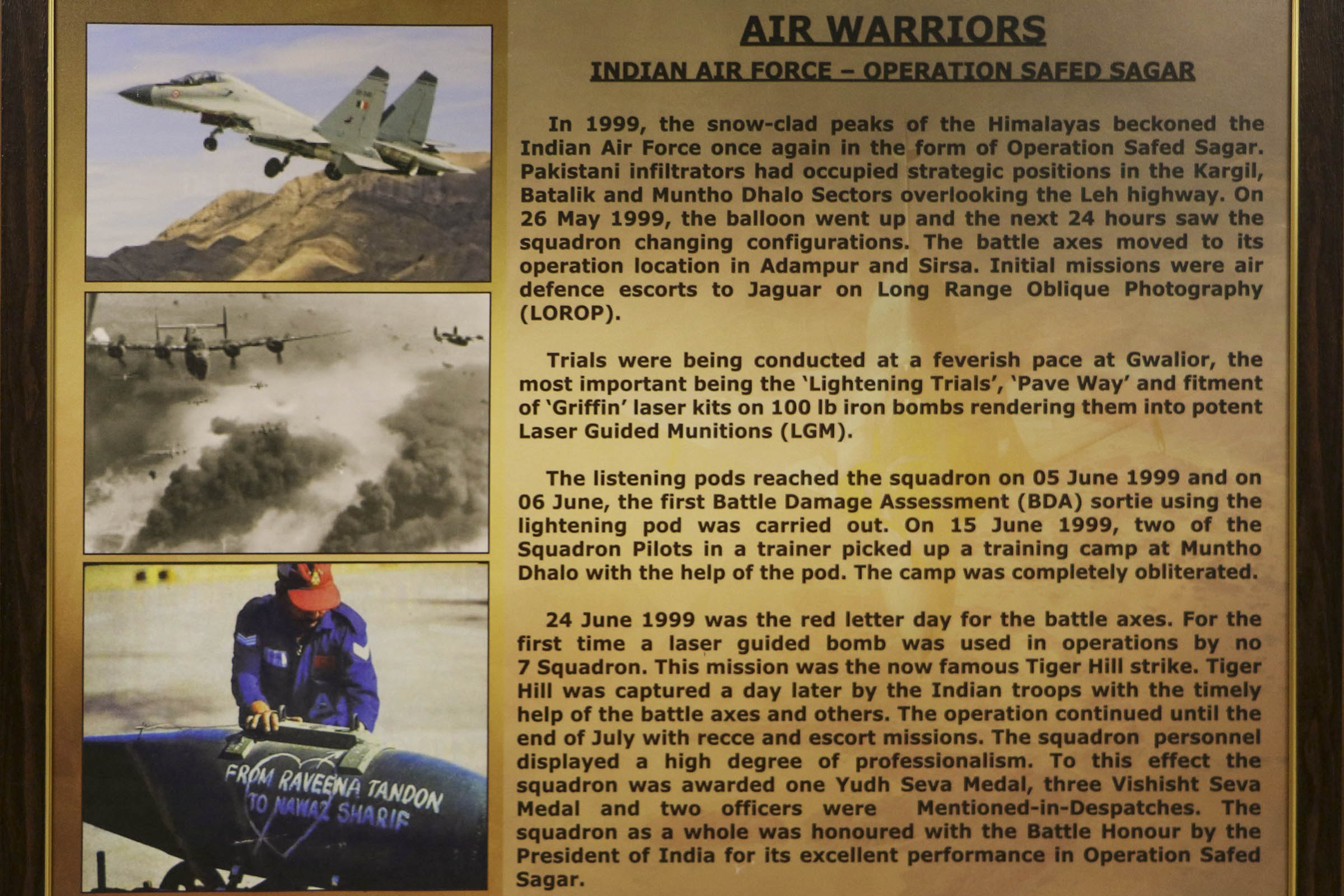



A comic book titled “Siachen the Cold War” is in the bookstores if you want to know about the military conflict between India and Pakistan in the Siachen Glacier region.

Siachen
In spite of the severe climate, the word `Siachen` ironically means `the place of wild roses`, a reference some people attribute to the abundance of Himalayan wildflowers found in the valleys below the glacier, but specifically refers to the thorny wild plants which grow on the rocky outcrops. The glacier is also the highest battleground on Earth, where India and Pakistan have fought intermittently since 1984.
Both countries maintain permanent military personnel on the glacier at a height of over 7,000 metres. The site is a prime example of mountain warfare. The glacier`s melting waters are the main source of the Nubra River, which falls into the Shyok River. The Shyok in turn joins the Indus River, crucial to both India and Pakistan.The roots of the conflict over Siachen lie in the non-demarcation of the cease-fire line on the map beyond a map coordinate known as NJ9842. The 1949 Karachi agreement and the 1972 Simla Agreement presumed that it was not feasible for human habitation to survive north of NJ9842. Prior to 1984 neither India nor Pakistan had any permanent presence in the area.
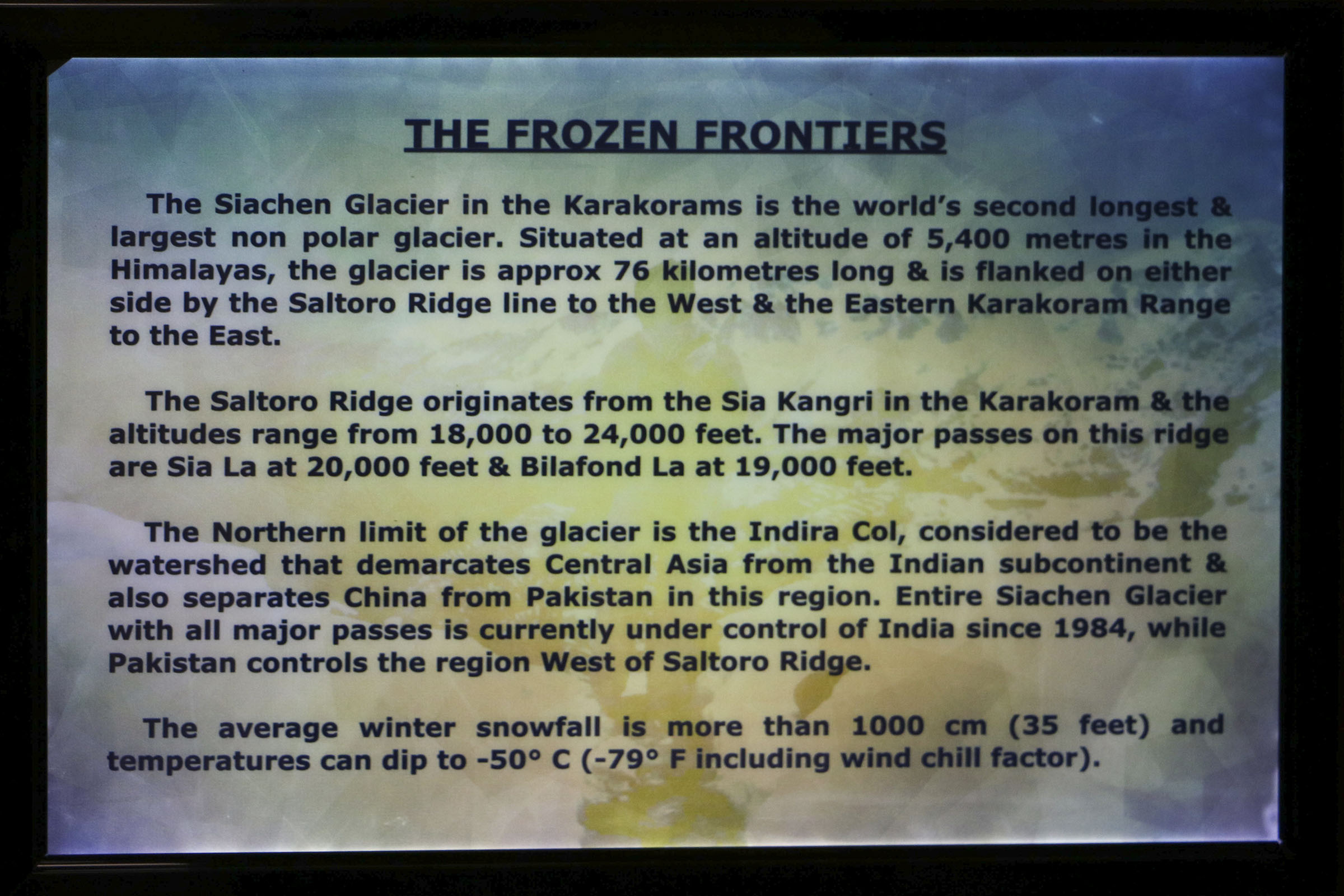


Now some the equipments the soldiers use.










The last letter of 22-year old Captain Vijayant Thapar, who died in action and his father’s message following his death.

Some documents and letters.

Now some Things about Ladakh.










Some weapons


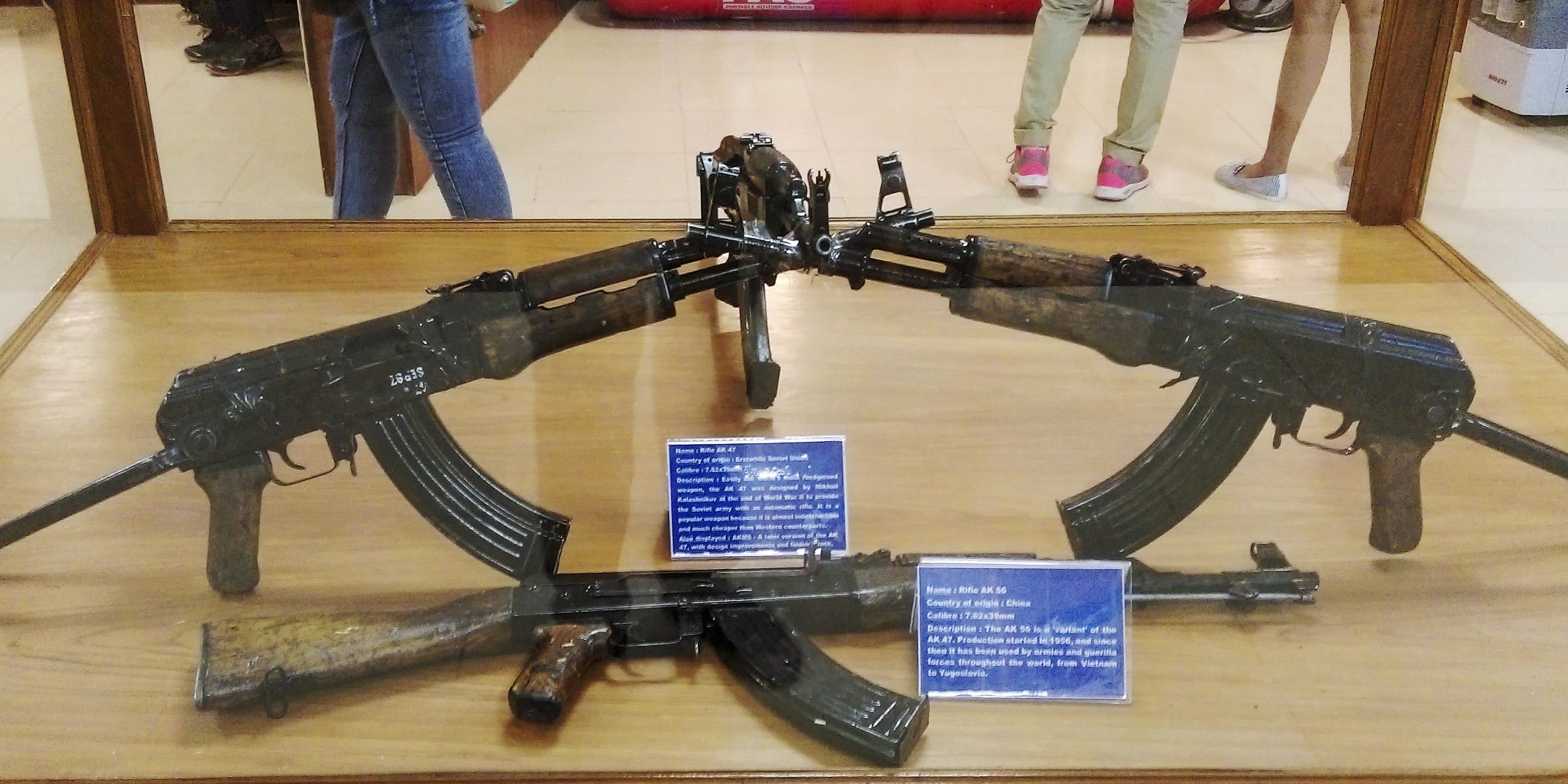

On the other side of Hall of Fame, there is Drass memorial. Drass Memorial was built in the memory of the martyrs who placed their nation above their life and sacrificed their lives in Operation Vijay that aimed at getting India back from the intruders. This Indo-Pak war took place in 1999, and finally the mighty Indian soldiers defeated Pakistani troops. Out of the million things an Indian can do for the country, visiting Drass Memorial is a gesture of respect for the immortal souls of Indian army men. The memorial is mainly built of pink-sandstone with an epitaph.



After this we head to River rafting.

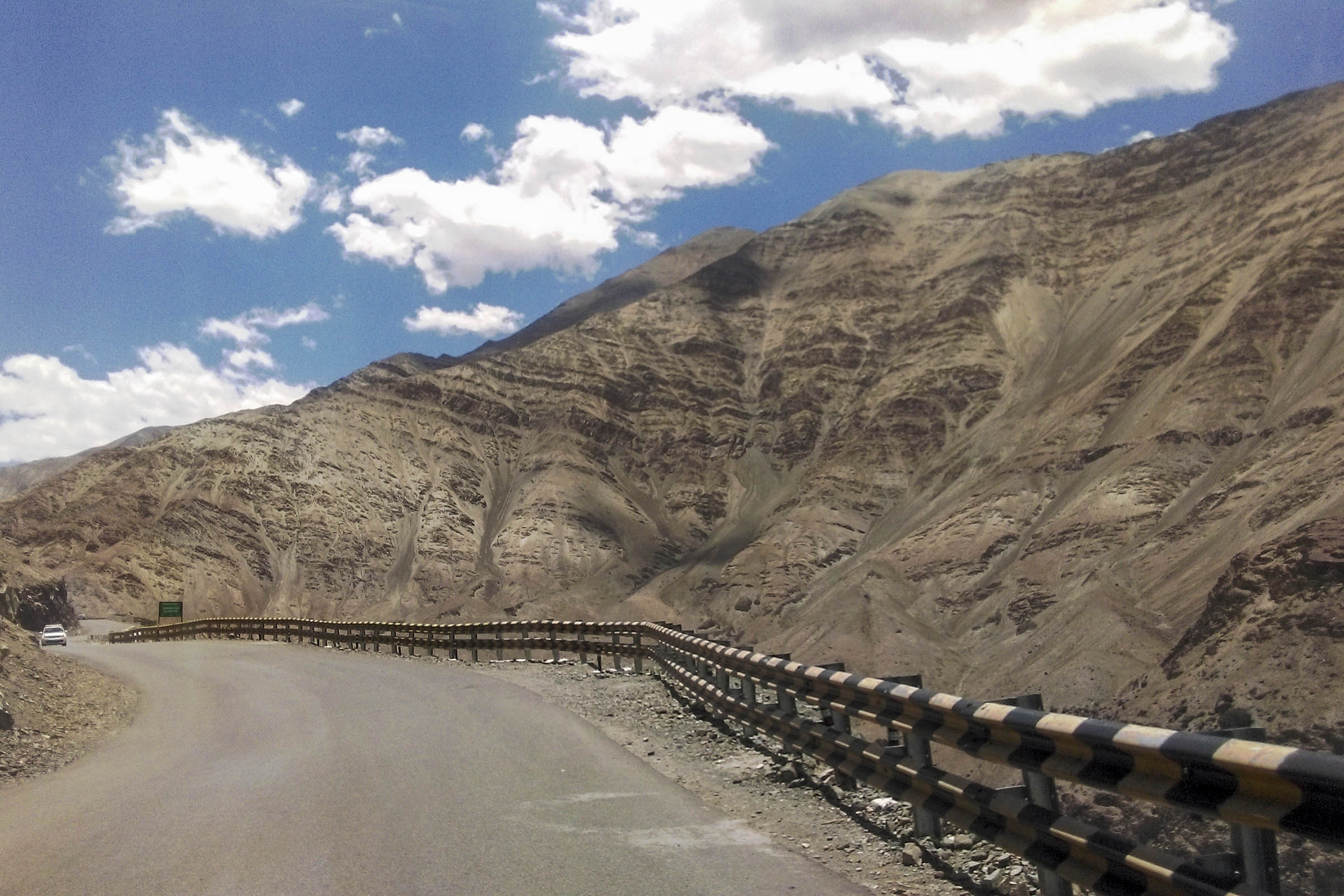
River rafting
Nimmu is a beautiful valley that marks the confluence of the Indus River and Zanskar River. The Indus River drains the dry and deserted terrains of Ladakh’s landlocked valley and serves as its lifeline. Zanskar, on the other hand, is a tributary of this river and merges into it from the north-eastern direction. On its way to the meeting point, the river passes through the spectacular Zanskar Gorge, which is a dream destination for trekkers.
Confluence of Indus river and Zanskar river. If you see there is half heart shape created. 🙂

Zanskar River
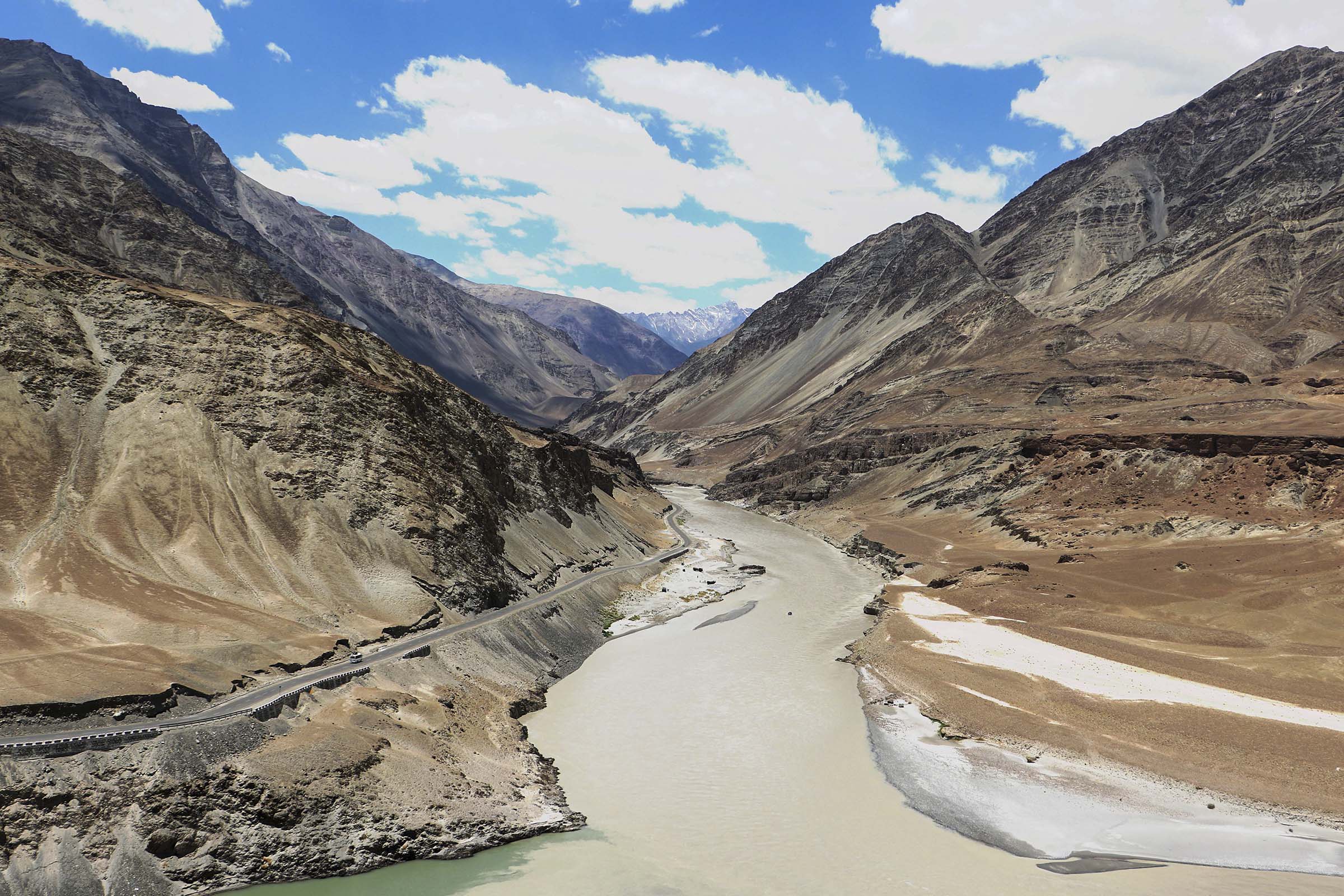
Indus RiverThe river rafting is 14kms long. There are different options for river rafting. There was even 6kms rafting. First they gave us wetsuits, jackets and shoes to protect us from the cold water. The water is freezing cold.



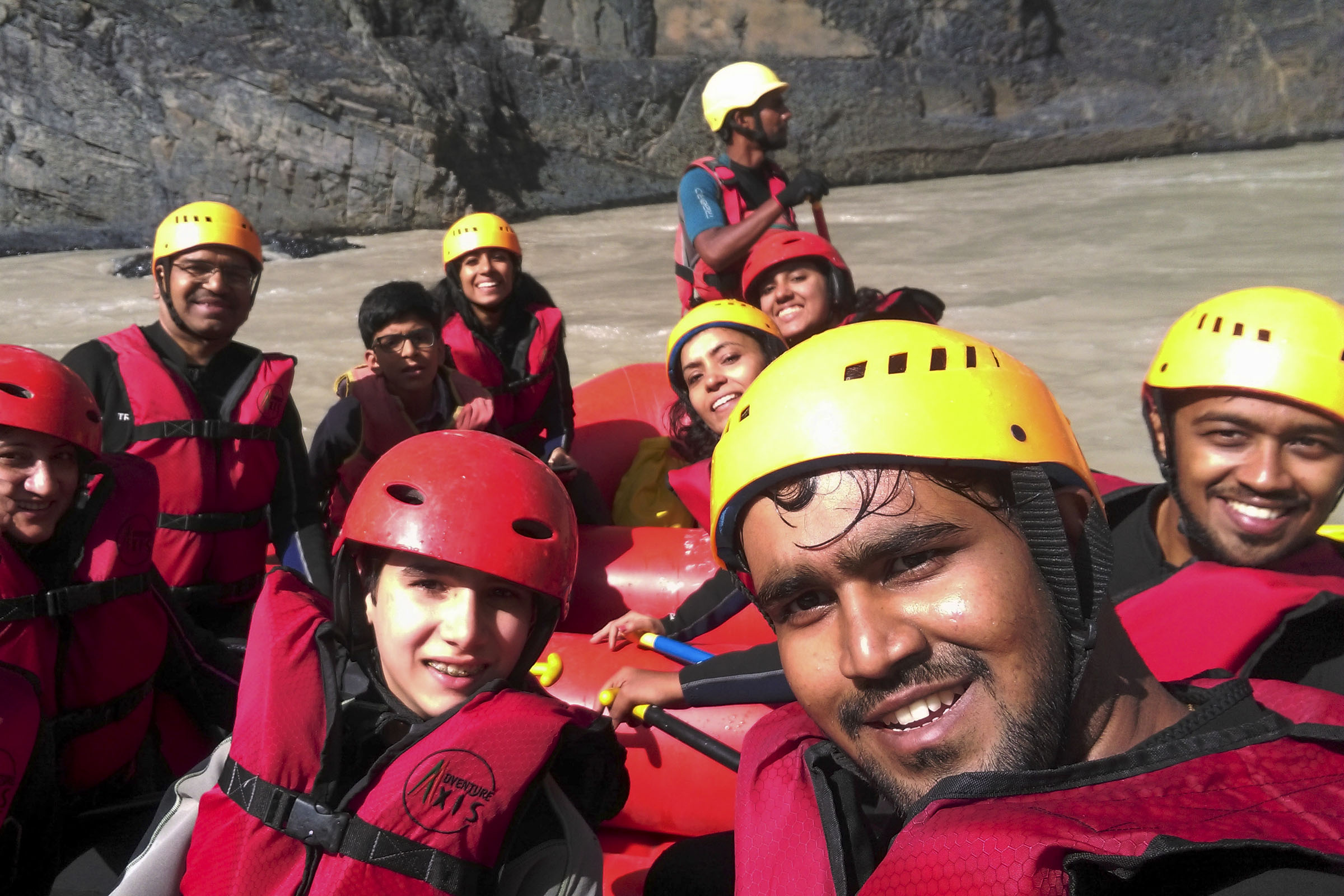


First the instructor gives us instructions like forward, backward, go, stop etc. Then we practice these commands in still water just at the start of river rafting. Then we start river rafting. I have been to Kolad and Rishikesh for river rafting but river rafting in Ladakh is a different experience. The landscape and scenery you see while rafting is soothing and peaceful. That’s why don’t miss river rafting while in Ladakh.




Then I jumped in the water. But due to the wetsuit I didn’t catch cold. My hands and feet became numb for sometime because the water was freezing cold.


The view was mesmerising, surrounded by mountains, sound of water, one can sit there for hours.

The point were the rivers merger and still don’t lose their colour.

After feeling fresh because of cold wind, water and scenic view, we left. Next was magnetic hill.
Magnetic hill
It is a small stretch of road located about 30 kms from Leh towards Kargil. On this particular part of the Srinagar-Leh highway, you would clearly see the road ahead going uphill. Yet if you turned off the engine and let your vehicle stand in neutral, it will slowly start moving and can go up to a speed of 20 kms per hour on its own.


What is believed to be at work behind this mysterious phenomenon is a magnetic force so strong that it can pull cars uphill. It is in fact so notorious that Indo-Tibetan Border Police (ITBP) personnel claim that the helicopters and aircrafts that pass through the area have to fly at a greater speed to avoid the magnetic impact of the Magnetic hill. And if the aircraft comes within the radius of Magnetic Hill, it starts to jerk. In fact, the Indian Air Force pilots always steer clear of the Magnetic Hill. Every tourist driver that passes through here would kill the engine to let the tourists experience how the car still kept moving. Some people are not aware about Magnetic Hill and just pass through here but the ones who do know stop their cars to verify whether what they heard was true or merely a made-up tale.
The video below will clear your doubts. The engine of the car is off, still it is going uphill. The car nearby us is going in reverse, their engine is off too. When they turn on the engine you can see it going against the hill.
Next there was a gurudwara. It’s story is below.


The stone which is explained in story above.




It was nice. Then we again head back to Ladakh. We were free so we went to play paintball.
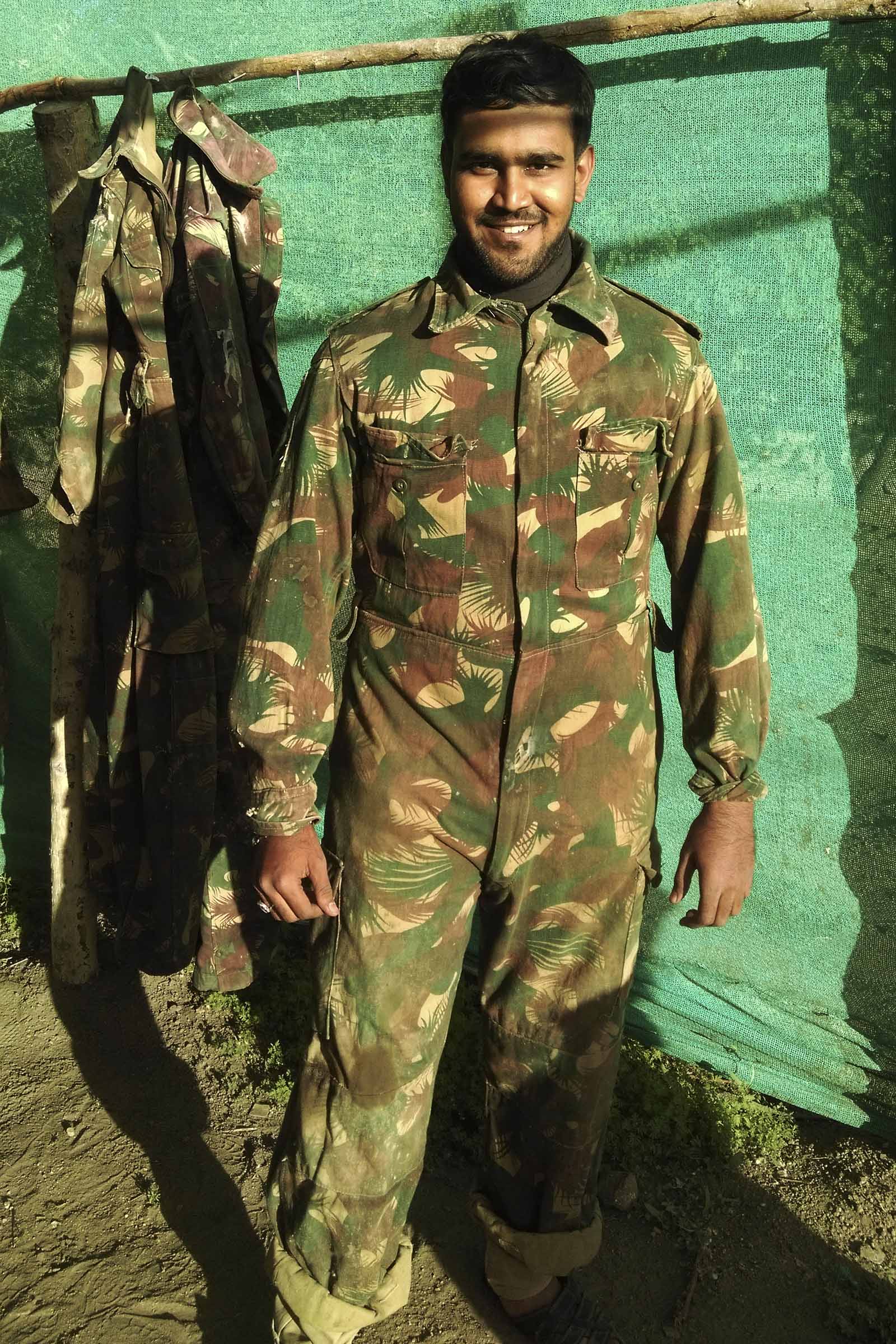
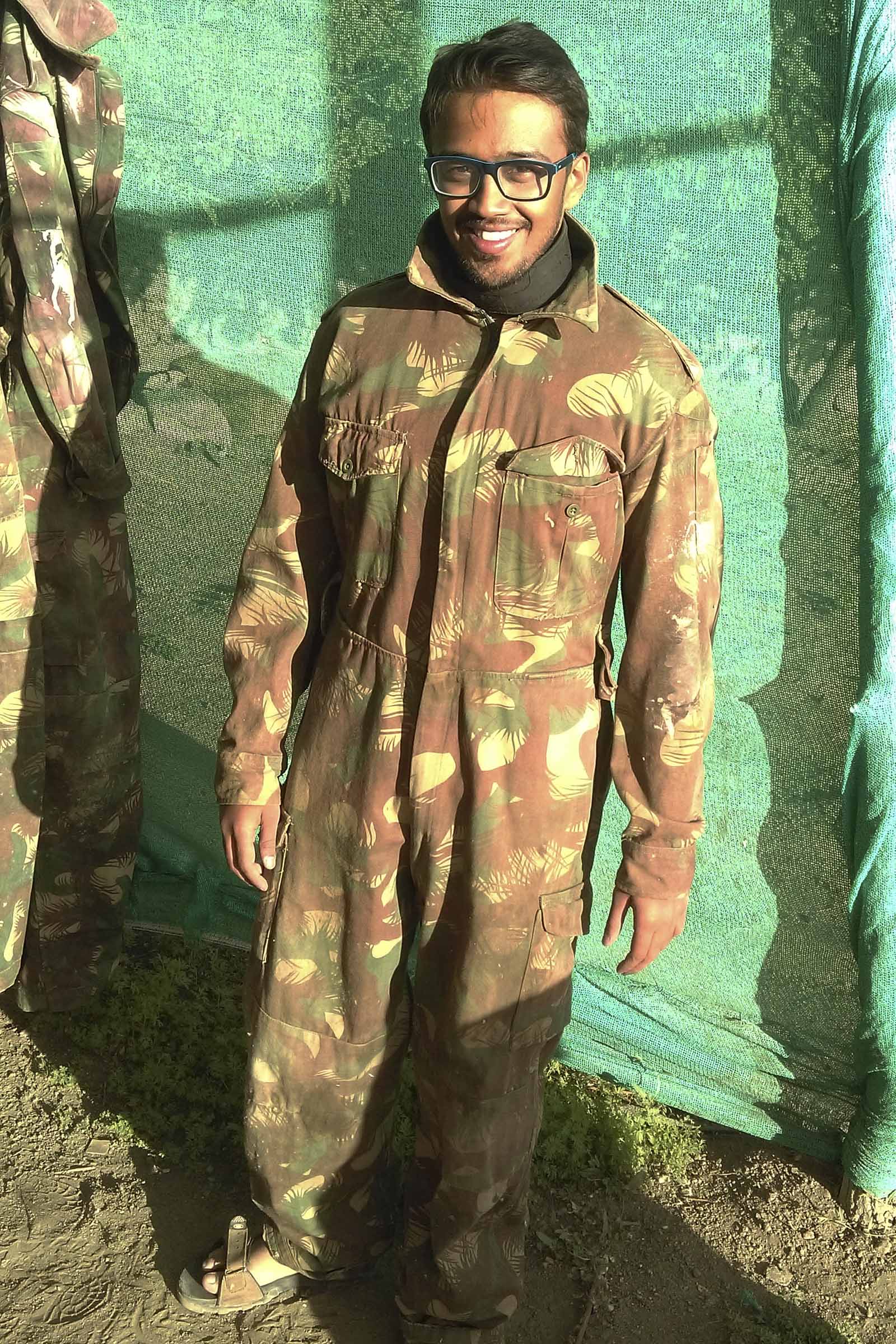
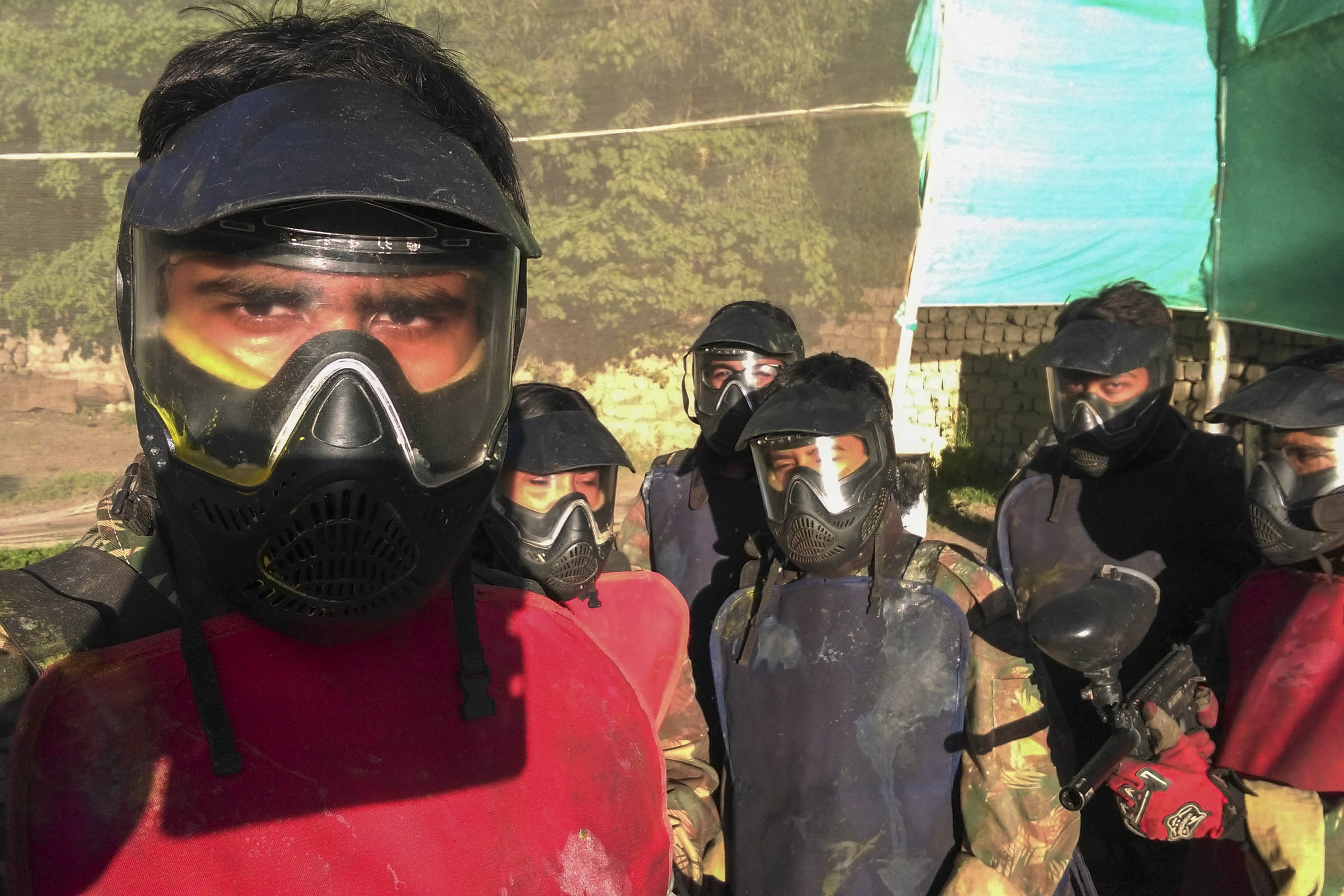
We were playing paintball for the first time. It was fun. There were some rules and it was like capture the flag. If you get shot 3 times you have to sit idli for 30-45 seconds. The others continue from where they left. The paintball doesn’t hurt much because of the safety gears.
After this we head to try something new. So we went to this juice shop. It had variety of juices.


After that we went to hotel and packed our bags. Next day we left early to depart from Ladakh. Some clicks while in flight. Just when the flight took off I saw this. I don’t know who did that but it was huge and nice.




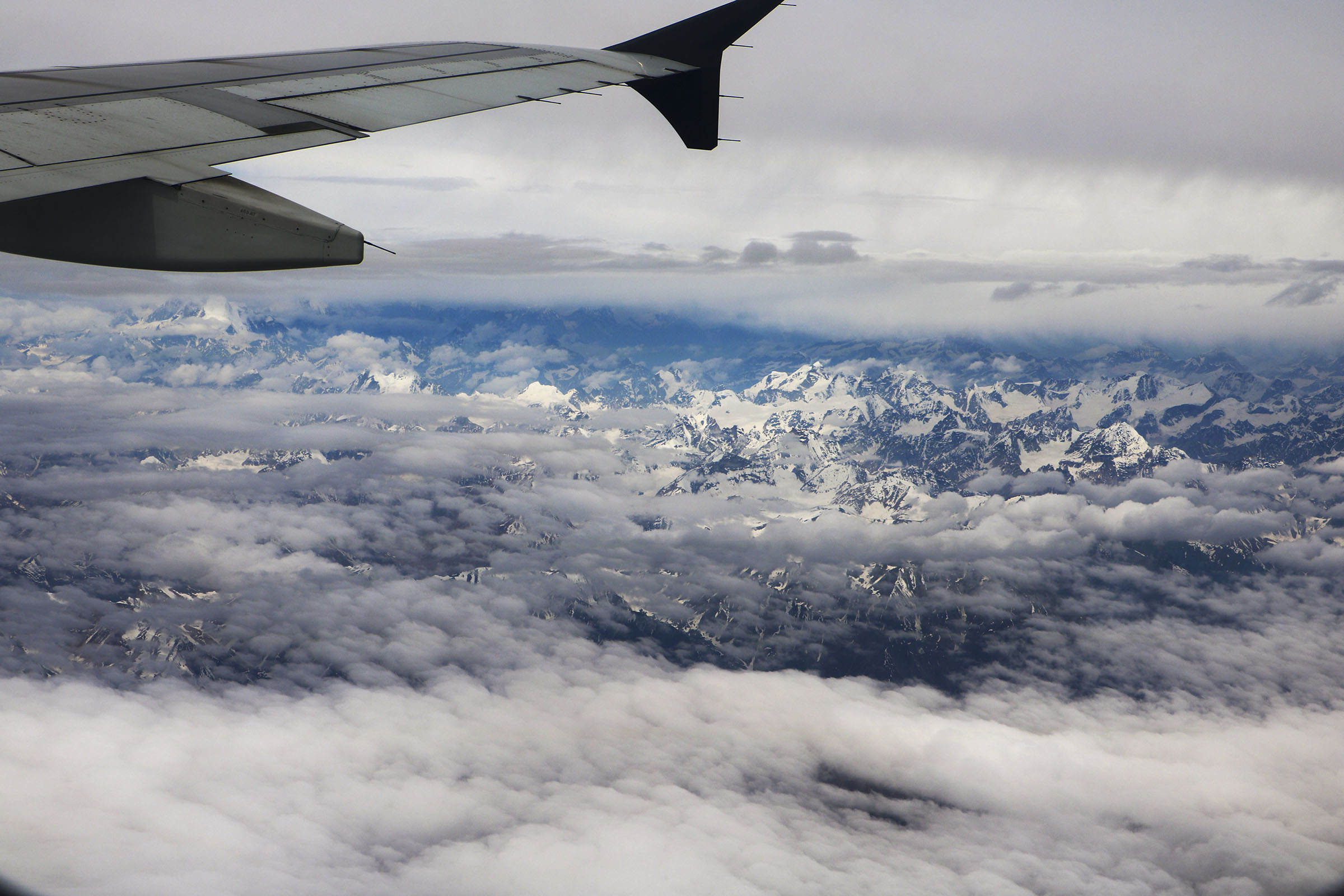
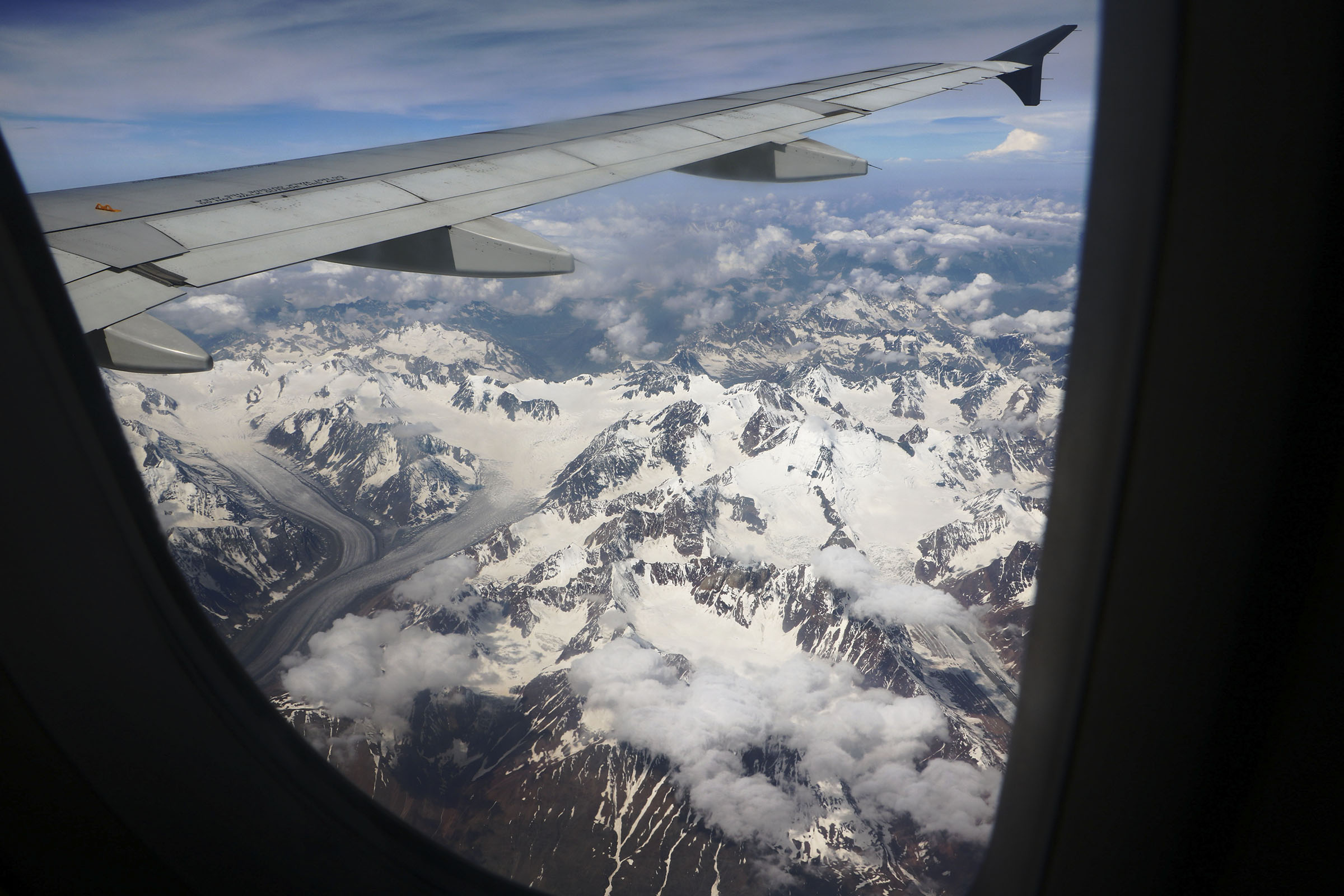

I see a Ganesh face. Try searching it in pictures below. 🙂



